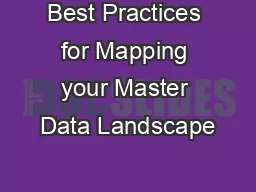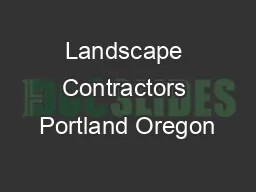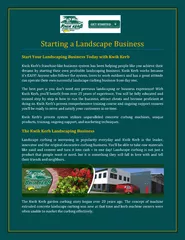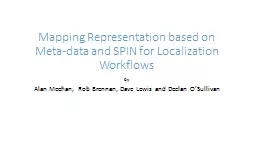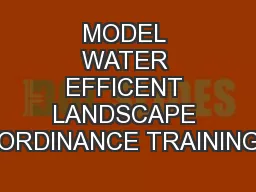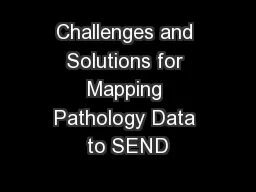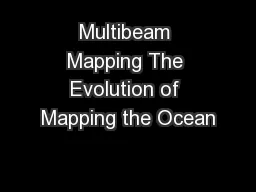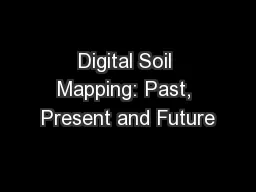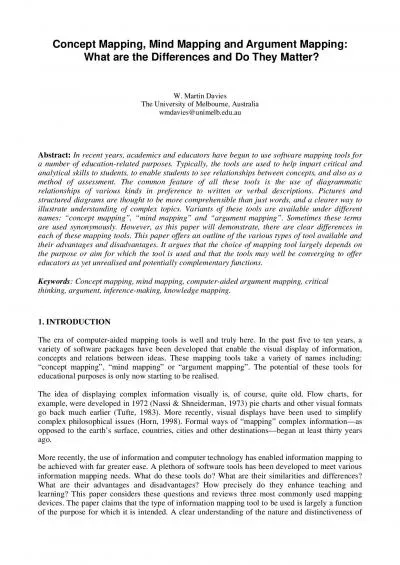PPT-Best Practices for Mapping your Master Data Landscape
Author : cheryl-pisano | Published Date : 2017-05-13
Rob Loranger Product Manager ERStudio Agenda Who am I Why map your master data landscapes Complex data landscape Building blocks of a master data map Comprehension
Presentation Embed Code
Download Presentation
Download Presentation The PPT/PDF document "Best Practices for Mapping your Master D..." is the property of its rightful owner. Permission is granted to download and print the materials on this website for personal, non-commercial use only, and to display it on your personal computer provided you do not modify the materials and that you retain all copyright notices contained in the materials. By downloading content from our website, you accept the terms of this agreement.
Best Practices for Mapping your Master Data Landscape: Transcript
Download Rules Of Document
"Best Practices for Mapping your Master Data Landscape"The content belongs to its owner. You may download and print it for personal use, without modification, and keep all copyright notices. By downloading, you agree to these terms.
Related Documents

